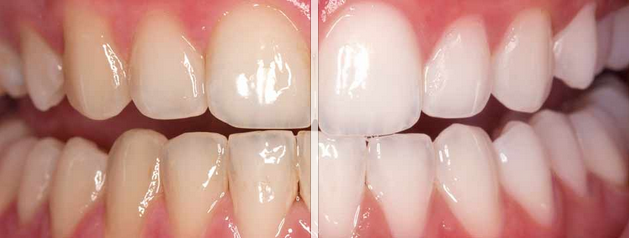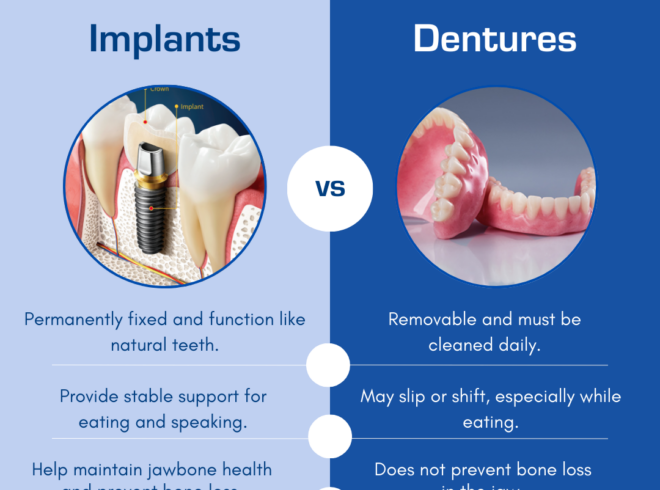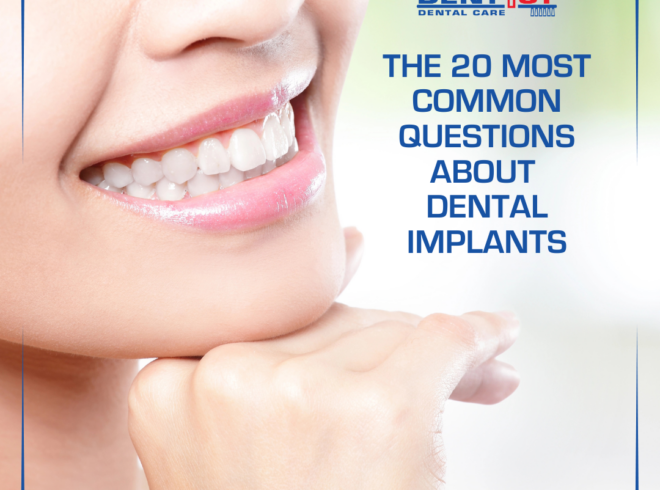
Ask us to take a look. We can tell you which whitening procedures are best for you. Whiteners may not brighten every different shade of tooth. Yellow teeth will generally whiten well, Brown teeth; not as well. Grey teeth may be very difficult to whiten, but there are some techniques which can improve results even here.
Likewise, whitening will not work on any bonding or tooth-colored fillings which have already been placed in your front teeth. These materials can not be whitened so it is best to do these after the whitening is completed and, if possible, to wait another 2 weeks. Then we can match the proper brightness to your newly-whitened teeth. Composite bonding, porcelain veneers or crowns may be the better option in some cases because the degree of whiteness is totally controllable and mis-shapen teeth can be fixed as well. Additionally porcelain teeth are very resistant to discoloration.
If you are a good candidate for tooth whitening procedures, we may suggest that this be done under a dentist’s supervision in the office. Depending upon your starting shade, this may require one to four office visits with each visit taking from 30 minutes to an hour.
Your dentist will first apply a protective gel or rubber shield to protect your gum tissues from the whitening agents. A whitening agent then is painted on to cover the visible portions of the teeth. A special, very bright light of a specific hue, may be used to enhance the speed of the whitening agent.
They are available in your drugstore and because they are quite weak in strength, they require no prescription. A good, cheap, first effort. Give it a try. If it works for you that’s great!
These products generally contain carbamide peroxide, which actually bleaches the tooth enamel, itself. This is available in several different concentrations (10%, 16%, 22%, 35%). Which concentration is best for you depends on the degree of discoloration as well as the thicknesses of your dentinal and enamel layers as well as the size of the tooth’s pulpal chamber. Both will affect post-operative sensitivity and outcome success. Carbamide perioxide is a mixture of one-third whitener with two-thirds of a pH adjuster.
Peroxide-containing whiteners typically come as a gel which we keep in a refrigerator so that they maintain their potency. They are then placed into a mouthguard at the time of treatment. Some whiteners are for twice-a-day use for a couple of weeks. Others are placed into a tray which is used only nightly for a week or up to a month. We can also make a custom-fitted mouthguard for you which will fit your teeth precisely. This is so that the whitener is of unifrom thickness over the visible portions of your front teeth.
Teeth can become sensitive when you are using some of the stronger whitening solutions. In most cases, this sensitivity is temporary and diminishes after your treatment sessions. Some people also experience soft tissue irritation either from a tray that doesn’t fit the gums properly or from whitening solution oozing onto the gums.
It is normal for some of the whitening to decrease in the two weeks following the end of the procedure. It should then stabilize for a year or more.




© 2023 All Right for Dent1St | For Billing Inquiries: DentFirst Dental Care, 1650 Oakbrook Dr. Ste. 440, Norcross, GA 30093 | Website design by Youngblood Media. | Sitemap